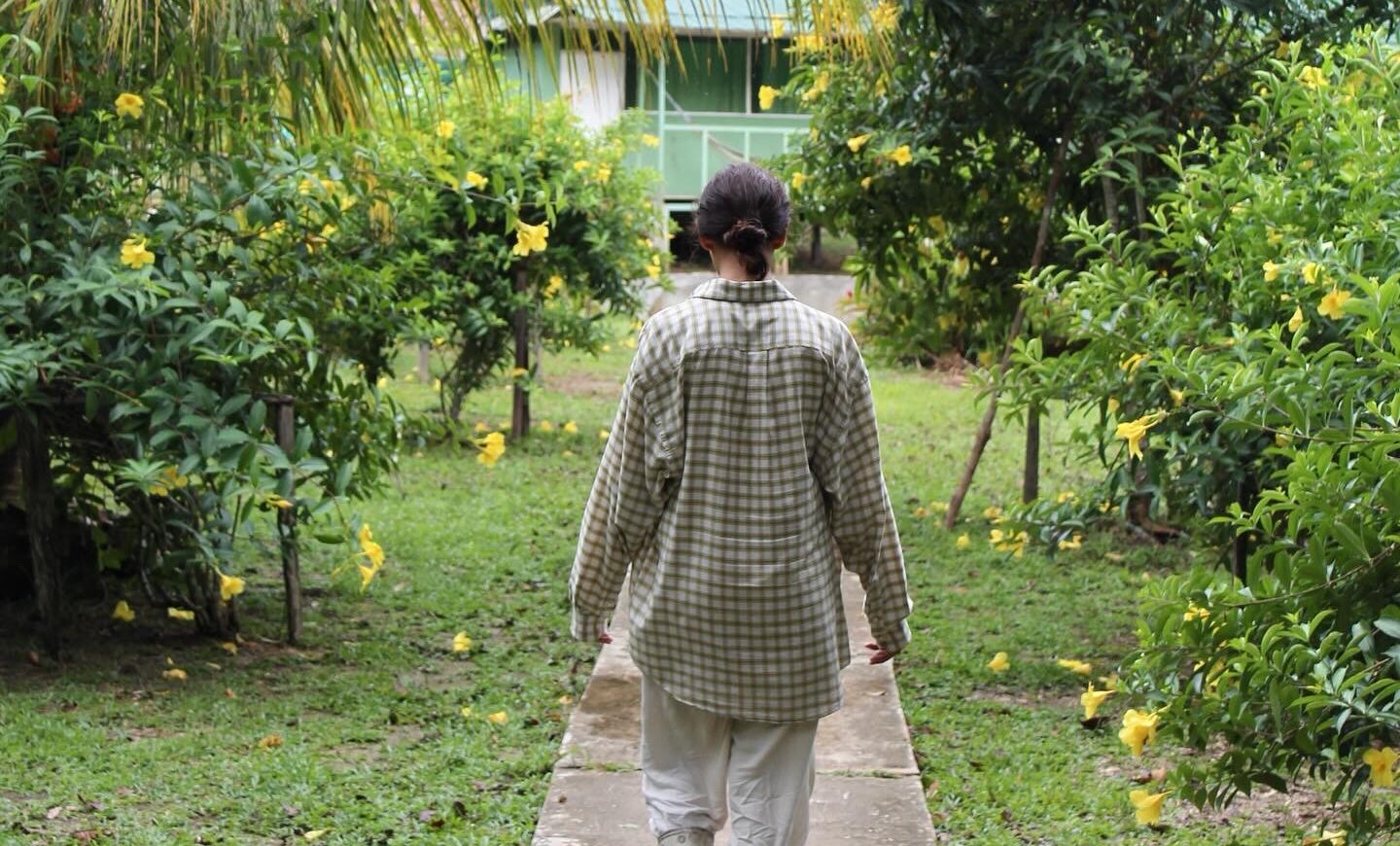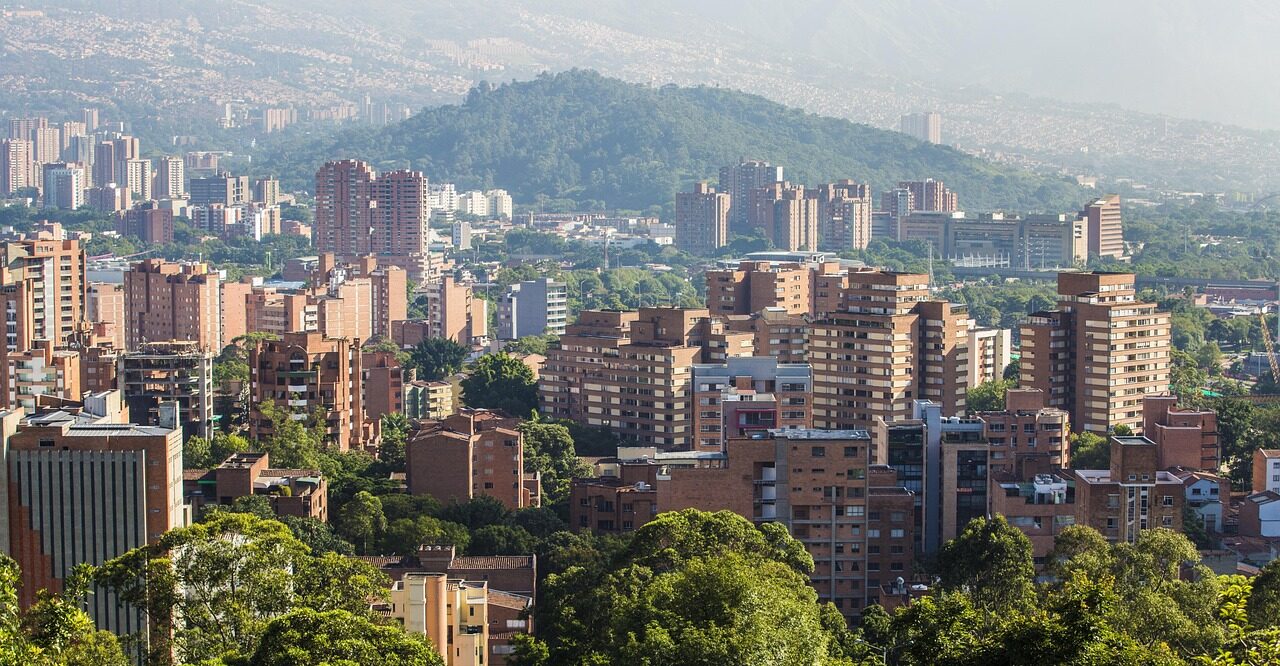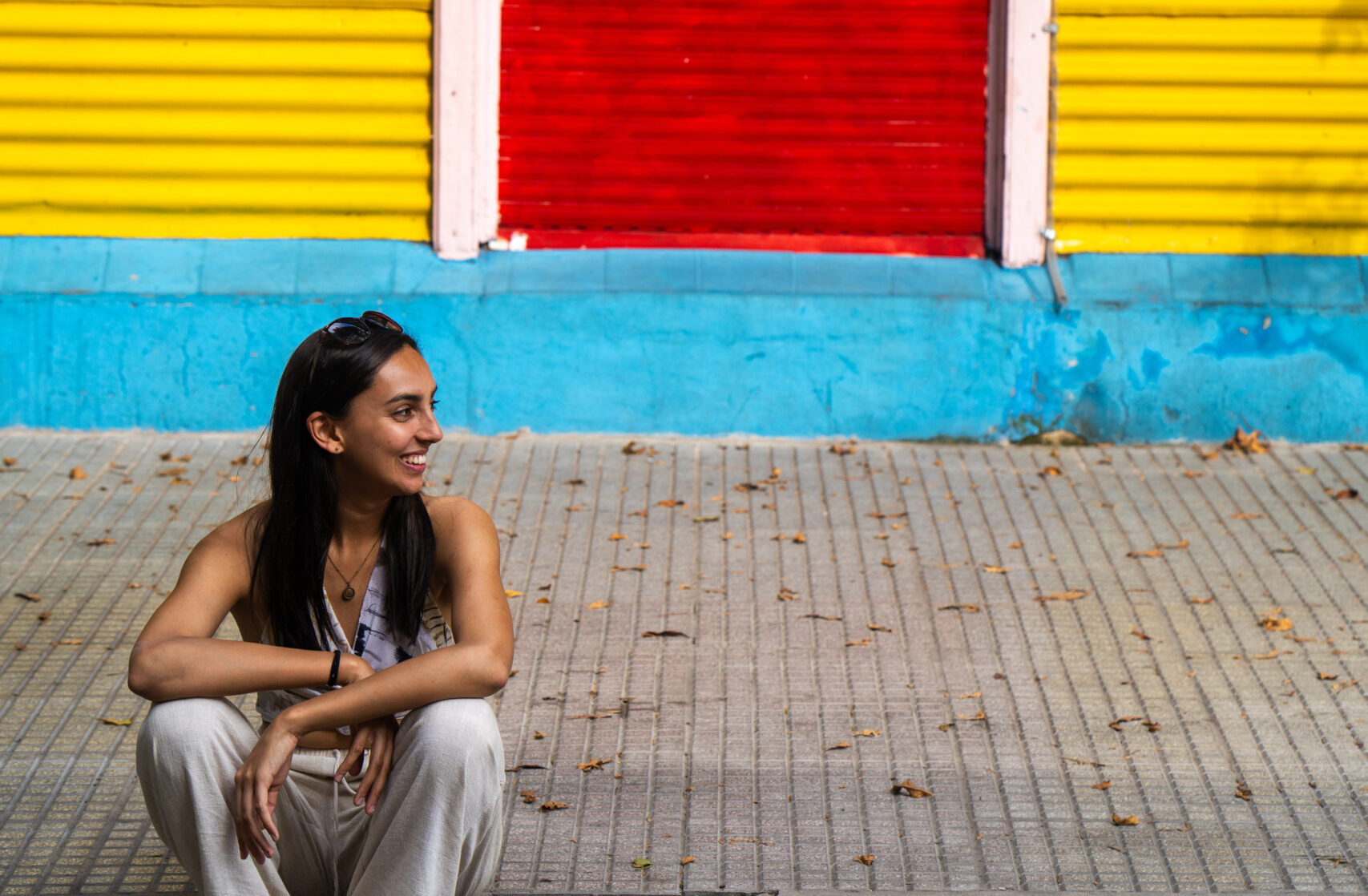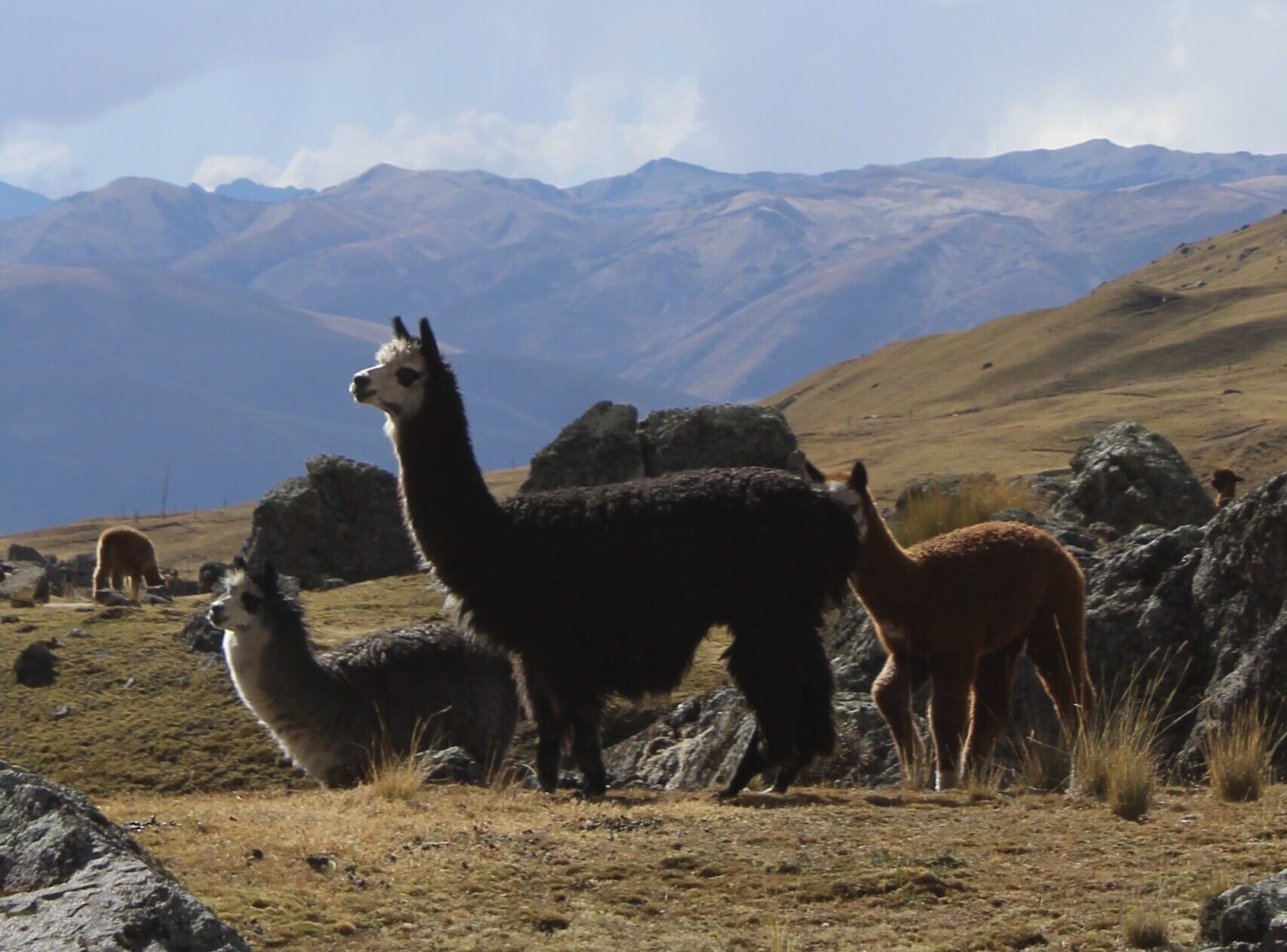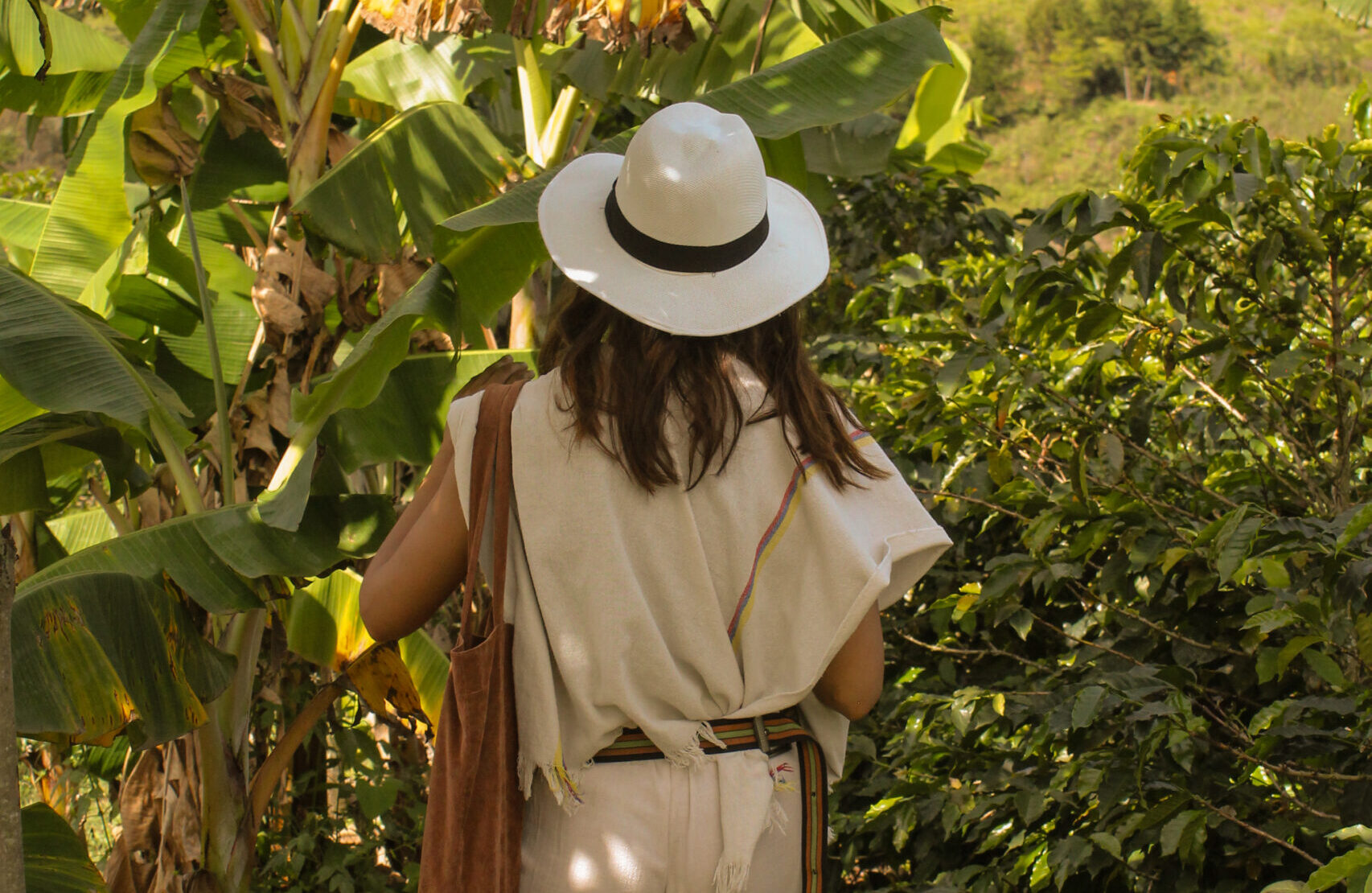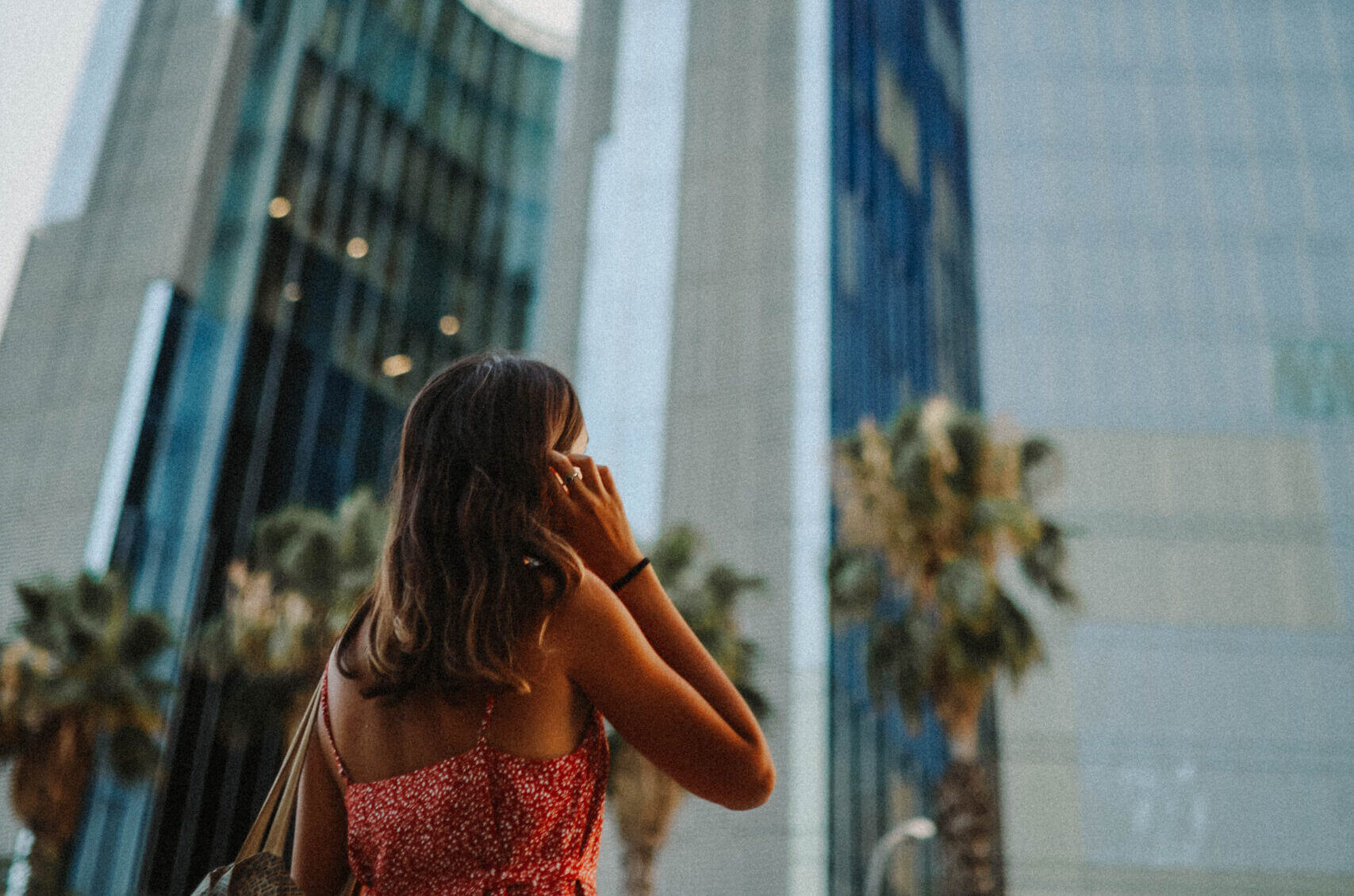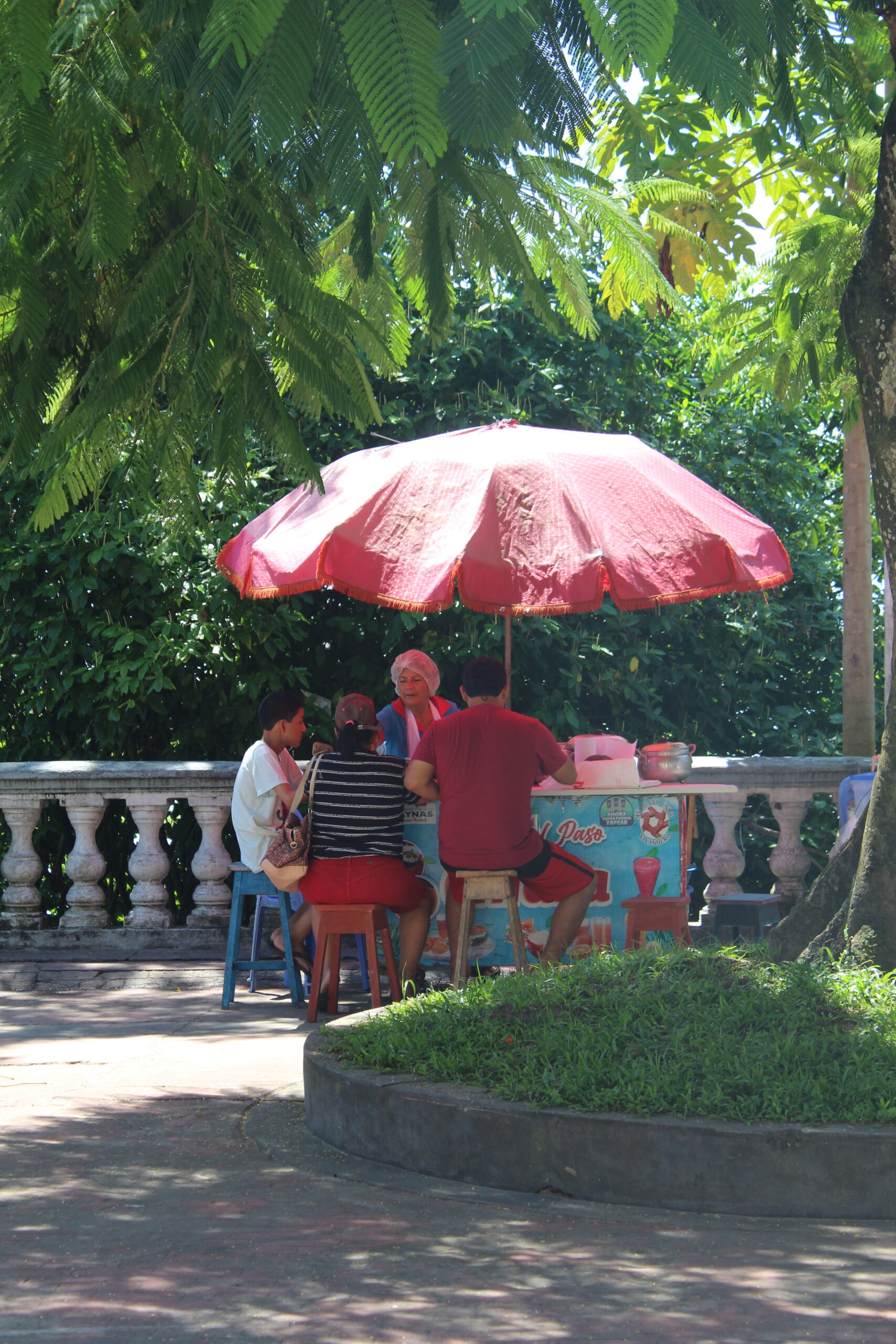
The Truth About Safety in Latin America: A Solo Backpacker’s Experience
When I first told people I was backpacking through Latin America solo, I got the same reactions over and over: “Isn’t that dangerous?”, “You’re so brave,” or “Aren’t you worried about safety?”
After over a year of travelling through countries like Colombia, Peru, Brazil, Argentina, and more — I’ve learned a lot about what’s true, what’s overhyped, and how to stay safe without being paranoid. Here’s what I wish more people knew.
Latin America Isn’t Just One Place
Some places felt safer than parts of my home country, while others made me instinctively more alert
It’s not about writing off a country — it’s about learning how to navigate each place smartly.
Perception vs. Reality
he media often paints Latin America with a broad brush: crime, danger, instability. And while, yes, crime exists (just like anywhere), most travellers aren’t targets if they stay aware and avoid risky situations.
In my experience, people were far more welcoming than threatening. Locals often gave me tips on which areas to avoid, invited me to family meals, or helped me out when I was lost or unsure.
Practical Safety Tips I Always Follow
Here’s what I personally do to stay safe, and what’s worked for me:
-
Keep your phone out of sight in public unless you’re somewhere safe (like inside a café or shop)
-
Use apps like Uber or InDriver at night rather than hailing taxis off the street
-
Avoid flashy jewellery or expensive-looking gear
-
Ask locals or hostel staff about unsafe neighborhoods before exploring
-
Trust your gut – if a situation feels off, don’t push it
-
Use crossbody bags or money belts in crowded areas and markets
Learning from Locals Is Key (But With Context)
Locals were one of my most valuable sources of safety tips — from Couchsurfing hosts to hostel staff, people were often quick to share which areas to avoid, the best way to get around, or how to stay safe in specific cities.
But it’s also important to take some of their warnings with a pinch of salt.
Locals have spent their whole lives navigating these places, often through periods of political instability, economic hardship, or high crime. Their perspective is shaped by years — even decades — of living there. As travellers, we’re usually just passing through for a few days or weeks, and mostly staying in touristic or well-trodden areas that are relatively safe and constantly patrolled.
So when someone says, “It’s dangerous, don’t go there”, it doesn’t always mean it’s dangerous in the way you might think. It might mean they wouldn’t walk there alone at night, or that it was sketchy 10 years ago. I’ve found that asking follow-up questions — like “Why?” or “What exactly happened?” — helps a lot.
The key is to balance caution with context. Listen to advice, stay aware, but don’t let fear stop you from exploring.
So… Is It Safe?
For me, yes — travelling in Latin America felt safe because I stayed aware, learned from locals, and adapted to each place.
That doesn’t mean nothing ever felt uncomfortable. But I never had a moment where I felt truly in danger. Most of the time, I was met with kindness, curiosity, and support from people who wanted me to enjoy their country.
If you’re thinking about travelling here, especially solo, don’t let fear make the decision for you. Prepare well, trust your instincts, and know that thousands of travellers do this every year — safely.
